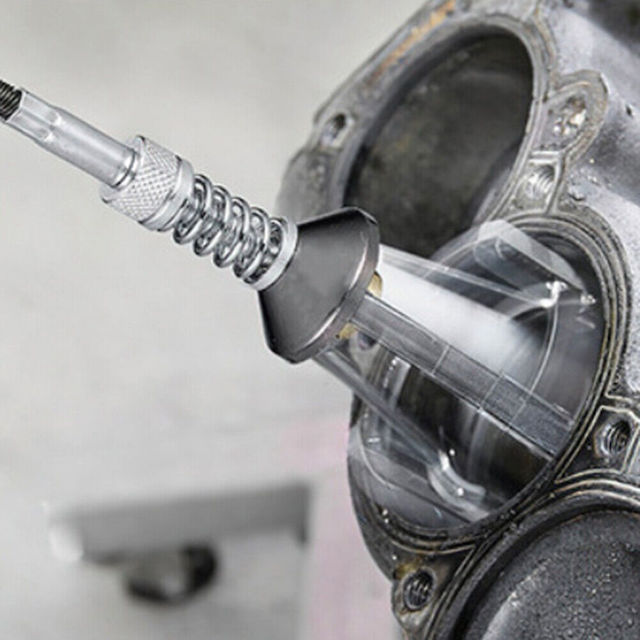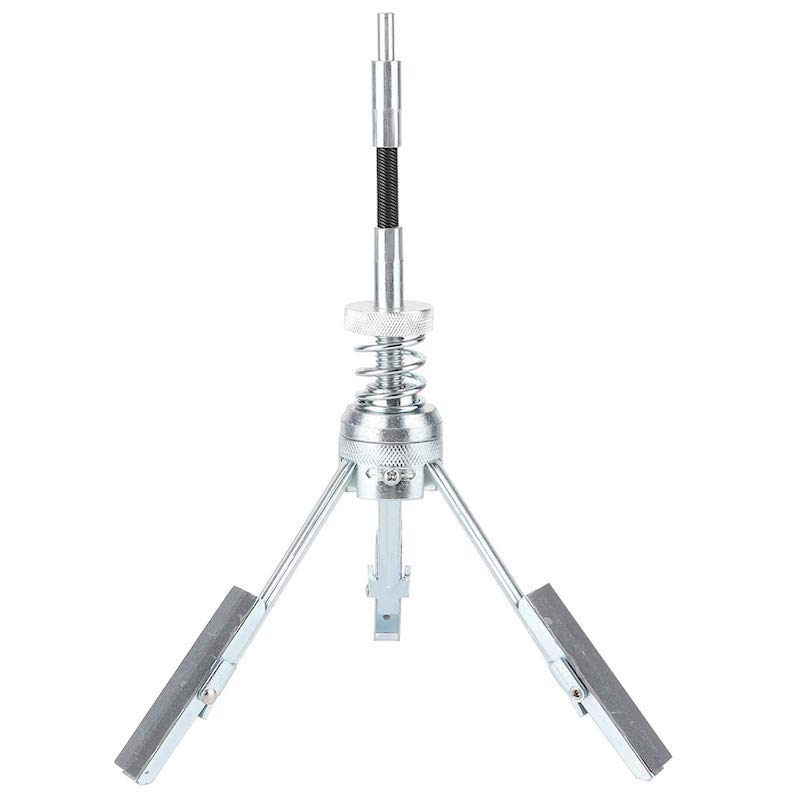
The Ultimate Guide to Honing Tool: Everything You Need to Know
Introduction
When it comes to maintaining sharp edges on knives, scissors, garden tools, and other sharp objects, honing tools are essential for keeping them in top condition. Whether you’re a professional chef, avid gardener, or DIY enthusiast, a quality honing tool is an indispensable addition to your toolkit. We will explore the different types of honing tools available, how to use them effectively. And we will delve into the importance of regular maintenance for sharp, efficient tools.
Another popular type of honing tool is the honing rod, also known as a sharpening steel. This tool is typically made of a hard, smooth steel rod with a handle. It is used to realign and straighten the cutting edge of a blade rather than removing material like a sharpening stone. Honing rods are particularly useful for maintaining the sharpness of knives that are used frequently. They help to remove any burrs or irregularities that may develop on the edge over time.
In addition to sharpening stones and honing rods, there are also specialized honing tools such as diamond files, ceramic sharpeners, and sharpening systems that use abrasive belts or discs. These tools offer more advanced sharpening techniques and are often used in professional settings or by those who require extremely sharp and precise edges for their cutting tools.
Part 1: Understanding Honing Tools
It’s essential to use the right honing tool and technique for each specific blade, as improper sharpening can damage the blade and reduce its effectiveness. Regular honing and maintenance of cutting tools are crucial to ensure their longevity and optimal performance, and a high-quality honing tool is essential for achieving and maintaining a sharp, precise cutting edge.
Level 1: What is a Honing Tool?
A honing tool is a handheld tool designed to sharpen and polish the edge of a blade. There are various types of honing tools, including sharpening stones, honing rods, and sharpening steels, each with its own unique benefits and applications.
Level 2: Types of Honing Tools
- Sharpening Stones: Also known as whetstones, sharpening stones come in a variety of materials, including natural stones like Arkansas, synthetic stones like aluminum oxide, and diamond stones. They are used to grind and hone the edge of a blade to a precise sharpness.
- Honing Rods: Honing rods, also referred to as sharpening rods or sharpening steels, are long, cylindrical rods typically made of steel or ceramic. They are used to realign the edge of a blade and remove any burrs or imperfections.
Part 2: Choosing the Right Honing Tool
There are several different types of honing tools available, including handheld sharpening stones, honing rods, and guided sharpening systems. Each type of honing tool for specific applications can sharpen a wide range of blades and cutting tools. Including kitchen knives, woodworking tools, and sporting knives.
Using a honing tool requires a certain level of skill and technique, as it is important to maintain the proper angle and pressure when sharpening the blade. With practice and patience, however, honing tools can significantly improve the performance and longevity of blades, making them an essential tool for anyone who regularly works with cutting tools. Honing tool is a valuable addition to any tool kit, as they offer a convenient and effective way to keep blades sharp and ready for use.
Level 1: Factors to Consider
When selecting a honing tool, there are several factors to consider, including the type of blade you will be sharpening, the level of sharpening required, and your own personal preferences and experience with honing tools.
Level 2: Honing Tool Maintenance
Proper maintenance of your honing tools is essential to ensure their effectiveness and longevity. Regularly cleaning and storing your honing tools correctly will help to maintain their sharpening capabilities and prevent rust or damage.
Part 3: How to Use Honing Tools
Level 1: Using a Sharpening Stone
Using a sharpening stone requires a certain level of skill and technique, as it involves precise movements to achieve the desired edge. It’s important to hold the blade at the correct angle and apply consistent pressure while passing the blade along the surface of the stone.
Level 2: Using a Honing Rod
Honing rods are generally more user-friendly and forgiving than sharpening stones, making them a popular choice for beginners. To use a honing rod, simply hold the rod firmly in one hand and the blade in the other, then swipe the blade along the length of the rod at a consistent angle and pressure.
Part 4: The Importance of Honing Tools
Level 1: Maintaining Blade Sharpness
Regular use of honing tools helps to maintain the sharpness of blades. Reducing the need for frequent, intensive sharpening and extending the lifespan of the blade.
Level 2: Safety and Efficiency
A sharp blade is not only safer to use but also more efficient. Allowing for cleaner cuts and smoother, more precise motions.
Part 5: Honing Tools for Different Applications
Level 1: Kitchen Knives
Honing tools are essential for maintaining the sharpness of kitchen knives, ensuring they remain effective for slicing, dicing, and chopping a variety of ingredients.
Level 2: Gardening Tools
Maintaining the sharpness of pruning shears, hedge trimmers, and other garden tools with honing tools is crucial for clean, precise cuts and healthy plant maintenance.
Benefits of Using a 9-Honing Tool
- Improved Precision: Using a 9-honing tool allows for greater precision when sharpening blades and tools. Resulting in better performance and longer tool life.
- Time Savings: The 9-honing tool can sharpen and complete tasks more quickly and efficiently. And saving time and enabling users to focus on other important tasks.
Types of 9-Honing Tools
- Sharpening Stones: 9-honing tools may include various types of sharpening stones, such as oil stones, water stones, and diamond stones. Each offering different levels of abrasiveness for achieving the desired sharpness.
- Guided Sharpening Systems: Some 9-honing tools come with guided sharpening systems that provide a consistent angle for sharpening. Making it easier for users to achieve optimal results without the need for manual precision.
Maintenance and Care for 9-Honing Tools
- Cleaning and Storage: Regular cleaning of the sharpening surfaces and proper storage of the 9-honing tool can help maintain its effectiveness and prolong its lifespan.
- Lubrication: Some 9-honing tools may require lubrication with oil or water to ensure smooth sharpening and prevent excessive wear on the sharpening surfaces. Following manufacturer recommendations for lubrication can help prolong the tool’s effectiveness.
Conclusion
Honing tool is an essential addition to any tool collection. Offering a simple yet effective way to maintain the sharpness and efficiency of a variety of blades. Understanding the different types of honing tools available, how to choose the right one, and utilizing proper maintenance and usage techniques. You can ensure your tools remain sharp and reliable for years to come. Whether for culinary, gardening, or general DIY purposes, honing tools are a valuable investment in the longevity and effectiveness of your blades.
A honing tool is an essential instrument. It can sharpen and refine the edge of a variety of cutting tools. Including knives, chisels, razors, and scissors. The process of honing involves the removal of small amounts of material from the blade’s edge. Resulting in a sharper and more precise cutting edge.
There are several types of honing tools available, each designed for specific purposes and materials. One of the most common and versatile honing tools is the sharpening stone. They use the natural or synthetic materials such as whetstone, ceramic, or diamond. Sharpening stones come in a variety of grits, ranging from coarse to fine. Allowing for different levels of sharpening depending on the blade’s condition and the desired level of sharpness.


